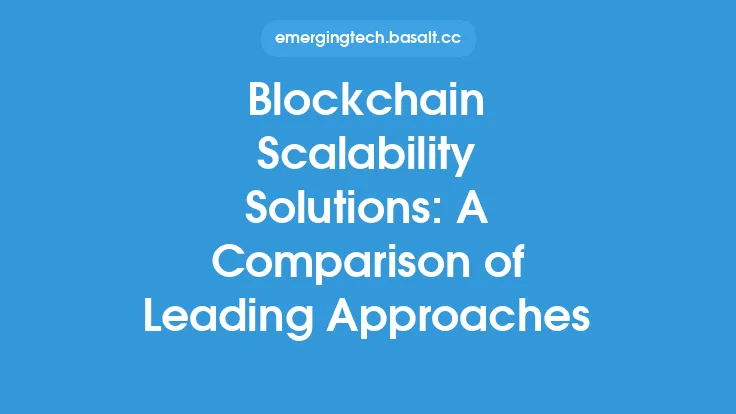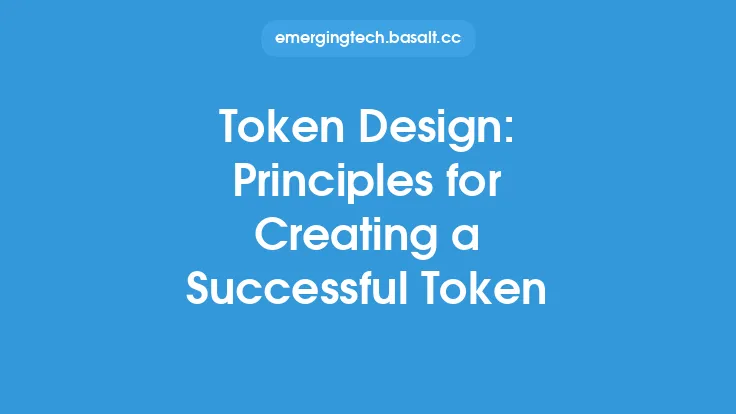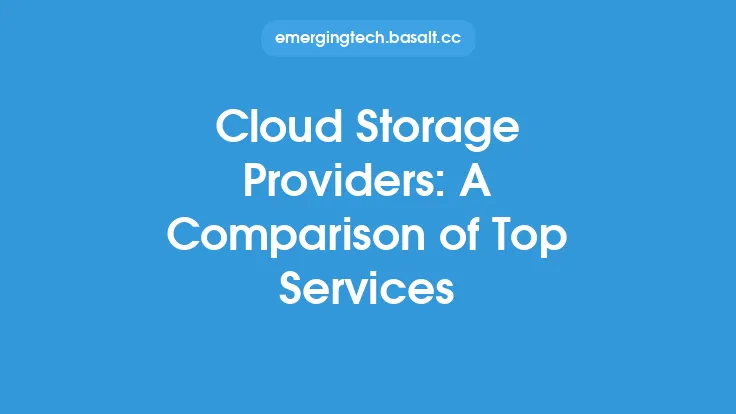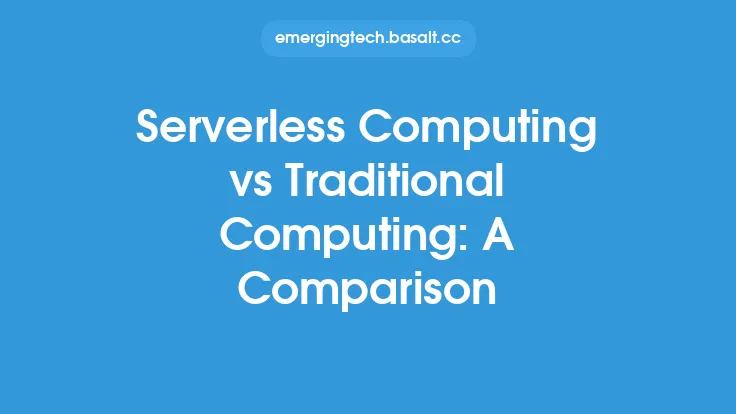The distribution of tokens is a critical aspect of tokenomics, as it determines how tokens are allocated and dispersed among stakeholders, including founders, investors, and users. A well-designed token distribution model can help ensure the long-term sustainability and success of a blockchain project, while a poorly designed model can lead to centralization, inequality, and even project failure. In this article, we will explore different token distribution models, their characteristics, advantages, and disadvantages, and provide a comparison of these approaches.
Introduction to Token Distribution Models
Token distribution models refer to the mechanisms by which tokens are allocated and distributed to various stakeholders. These models can be categorized into several types, including pre-sale, public sale, airdrop, and mining. Each model has its own strengths and weaknesses, and the choice of model depends on the specific needs and goals of the project. For example, a pre-sale model may be suitable for projects that require significant funding to develop their product or service, while an airdrop model may be more suitable for projects that want to incentivize user adoption and engagement.
Pre-Sale Token Distribution Model
The pre-sale token distribution model involves selling tokens to investors before the project is launched. This model is often used by projects that require significant funding to develop their product or service. The pre-sale model can provide a project with the necessary funds to develop and launch their product, but it can also lead to centralization and inequality if a small group of investors hold a large proportion of the tokens. To mitigate this risk, projects can implement measures such as token vesting, which requires investors to hold their tokens for a certain period before they can be sold.
Public Sale Token Distribution Model
The public sale token distribution model involves selling tokens to the general public through a token sale event, such as an initial coin offering (ICO). This model is often used by projects that want to raise funds from a large number of people. The public sale model can provide a project with a large and diverse user base, but it can also be subject to market volatility and regulatory risks. To mitigate these risks, projects can implement measures such as know-your-customer (KYC) and anti-money-laundering (AML) checks, which help to ensure that token buyers are legitimate and compliant with regulatory requirements.
Airdrop Token Distribution Model
The airdrop token distribution model involves distributing tokens to users for free, often in exchange for completing certain tasks or achieving specific milestones. This model is often used by projects that want to incentivize user adoption and engagement. The airdrop model can provide a project with a large and active user base, but it can also lead to token hoarding and speculation if users are not genuinely interested in the project. To mitigate this risk, projects can implement measures such as token locking, which requires users to hold their tokens for a certain period before they can be sold.
Mining Token Distribution Model
The mining token distribution model involves distributing tokens to users who contribute computational power to the network, often through a process called proof-of-work (PoW). This model is often used by projects that want to incentivize users to secure and maintain the network. The mining model can provide a project with a secure and decentralized network, but it can also lead to centralization and inequality if a small group of miners hold a large proportion of the network's computational power. To mitigate this risk, projects can implement measures such as proof-of-stake (PoS), which requires users to hold a certain amount of tokens in order to validate transactions and create new blocks.
Comparison of Token Distribution Models
Each token distribution model has its own strengths and weaknesses, and the choice of model depends on the specific needs and goals of the project. The pre-sale model can provide a project with significant funding, but it can also lead to centralization and inequality. The public sale model can provide a project with a large and diverse user base, but it can also be subject to market volatility and regulatory risks. The airdrop model can provide a project with a large and active user base, but it can also lead to token hoarding and speculation. The mining model can provide a project with a secure and decentralized network, but it can also lead to centralization and inequality.
Best Practices for Token Distribution
To ensure the success of a blockchain project, it is essential to follow best practices for token distribution. These include implementing measures such as token vesting, KYC and AML checks, token locking, and proof-of-stake. Projects should also ensure that their token distribution model is fair, transparent, and compliant with regulatory requirements. Additionally, projects should consider implementing measures such as token burning, which involves destroying a certain amount of tokens to reduce the total supply and increase the value of remaining tokens.
Conclusion
Token distribution models are a critical aspect of tokenomics, and the choice of model can have a significant impact on the success of a blockchain project. By understanding the different token distribution models, their characteristics, advantages, and disadvantages, projects can make informed decisions about how to allocate and distribute their tokens. By following best practices for token distribution, projects can ensure that their token distribution model is fair, transparent, and compliant with regulatory requirements, and that it provides a strong foundation for the long-term sustainability and success of the project.





